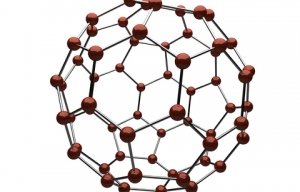
EU project launches EUR 2.4 million smart textiles competition
A new book entitled ‘Handbook of Technical Textile Design’ has been launched by authors Michael and Matthew Litton; two well known Ayrshire, Scotland, based technical textiles designer/ developers. The book is available in e-format (PDF) and can be purchased directly from the authors by following the links at the foot of this article. The proceeds of the book go to charity.
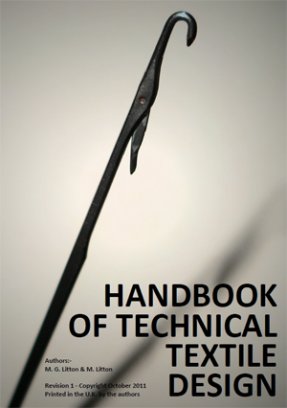
23rd January 2012
Innovation in Textiles
|
Scotland
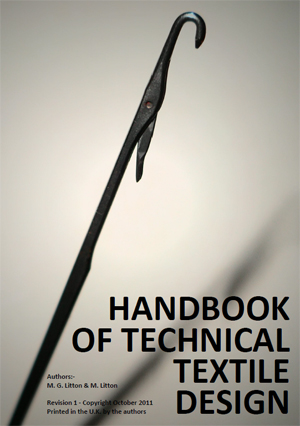 A new book entitled ‘Handbook of Technical Textile Design’ has been launched by authors Michael and Matthew Litton; two well known Ayrshire, Scotland, based technical textiles designer/ developers.
A new book entitled ‘Handbook of Technical Textile Design’ has been launched by authors Michael and Matthew Litton; two well known Ayrshire, Scotland, based technical textiles designer/ developers.
The book is available in e-format (PDF) and can be purchased directly from the authors by following the links at the foot of this article. The proceeds of the book go to charity.
This book is aimed, firstly, at helping those textile companies who are already involved with technical textiles and would like a more structured approach to the design of new products and, secondly, to those textile companies who have toyed with the idea of entering the field and have wondered what the reality may be like.
The problems of taking innovative products to market for new entrants to the field are not extensively covered here but the authors offer helpful suggestions for this situation. The assumption is made that readers have a good working knowledge of textile operations.
“There are as many definitions of technical textiles as there are writers on the subject. For this book, we use the definition that a technical textile is one where ‘the performance properties are of greater importance than the aesthetics’,” says author Michael Litton.
For many years the authors have been designing textile solutions for a very wide range of industrial problems. They have a combined experience in excess of 40 years and have agreed to requests from many people to put on record their experiences of working in this field.
Successes are counted in dozens and include such items as the one-piece automotive airbag, various woven and knitted cardio-vascular accessories and tethers for the retrieval of space dèbris. These items are patented and therefore in the public domain whereas the majority of the authors’ former customers would prefer that they do not publish names or details of solutions developed for them.
The book is divided into two sections. In the first section, (Chapters 1 to 4) the general principles for technical textile designs are discussed.
“We recommend that this section should be read before starting any new technical textile project. We cannot, obviously, guarantee that by reading this book you will be able to design great products but we hope that we can ensure that you will not waste time or money on multiple no-hopers. We aim to add realism to projects and to ensure that projects which are undertaken have a realistic chance of success for the technologies available at the time,” Michael Litton says.
“Sampling is a major obstacle and we give several guidelines on how to minimise this hurdle.”
“Finally in this section, we cover some essential textile physics. We have found over the years that very many technical textiles are copies of, or amendments to, other fabrics. It is often only luck that ensures that they perform! Our aim is that it will be possible to have confidence in the performance of a fabric even before it leaves the drawing board. The tables in chapter 4 provide starting points on the path to a successful development.”
In the second section (chapters 5 to 11), the authors consider various textile types (e.g. tubes, flat cloth, and nets) and suitable fibres.
“Chapter 5 discusses yarns and fibres in which we have covered all the common fibres plus a few more but not the truly exotic ones. For each type of fabric, we have listed the options and the relevant merits and demerits of the possible routes to manufacture,” Michael Litton explains.
When compared with the total volume of technical textiles used, knitting is a minority player. In this book, however, it has a disproportionate amount of space because, according to the authors, the scope for new woven solutions for speciality items is more limited whereas the design potential of warp knitting is well beyond the imagination of most textile professionals.
“Since textiles have been around for thousands of years expertly practised by millions of people, many specialist innovations have been accomplished. Our comments will thus have to be general. We are aware that there are exceptions to our statements and we use the words "could", "would" and similar words with care,” Michael Litton sums up.
“If you require further assistance with your application, the authors may be able to offer additional advice. Please contact us at [email protected].”
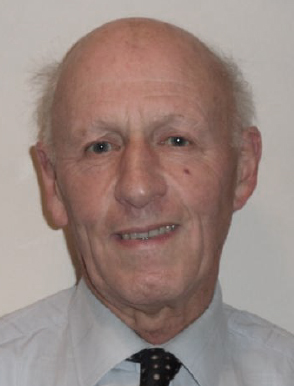 Michael Litton, B.Sc (Tech)
Michael Litton, B.Sc (Tech)
Educated at De la Salle College Salford and U.M.I.S.T. where he graduated in Physics, Michael started his career at Combined English Mills at Atherton and trained in spinning cotton and later at T. Burnley and Sons at Cleckheaton in worsted spinning.
When T.Burnleys was bought by Coats Patons, Michael set up and ran a Raschel operation for them for 10 years. The products were mainly expensive ladies fashion items and a few technical fabrics.
Later the emphasis was moved towards the technical fabrics and in particular the design and development of a warp knitted artificial artery for human implant.
The artery plant moved to Ayr and later to Paisley. Shortly after this move, Michael set up his own technical textile consultancy whilst still supporting Coats and their artery business. The consultancy - Culzean Fabrics - quickly established itself and changed from being not just a consultancy but also a producer of technical textiles prototypes. It acquired a very wide range of textile machinery and established a sample production unit in Kilmarnock.
Michael has now retired after passing the business on to the employees/partners. The business continues to thrive at www.culzeanfabrics.com
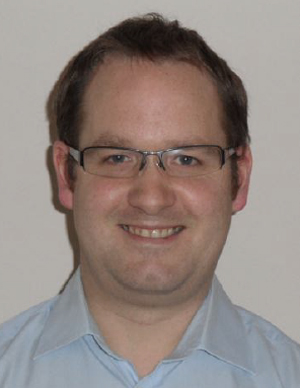 Matthew Litton, B.Eng (Hons)
Matthew Litton, B.Eng (Hons)
Educated at Queen Margaret Academy, Ayr and Strathclyde University where he graduated in Computer and Electronic Systems, Matthew has spent his entire career in the design and development of technical textiles and of a wide range of machinery necessary for their production.
He has developed specialist textiles in a broad range of industries including the medical, automotive, aerospace and construction industry. These products are now in full scale production.
Matthew has established his own consultancy - www.controlloop.com - for the design of machinery and the design of specialist fabrics for the technical textiles market. The business also provides bespoke electronics, software and hardware for enhancing the performance or capabilities of textile machinery.
The consultancy has gone on to develop specialist machinery for its clients which allow the manufacture of commercially advantageous products that would not have otherwise been possible.
Handbook of Technical Textile Design is supplied in PDF format only via email and can be purchased by credit card or via PayPal. Alternatively readers can email their order and the authors invoice accordingly and send their report by email upon receipt of payment. The proceeds of the book go to the charity.
To buy this book, please select one of the buttons below or email [email protected].

Business intelligence for the fibre, textiles and apparel industries: technologies, innovations, markets, investments, trade policy, sourcing, strategy...
Find out more